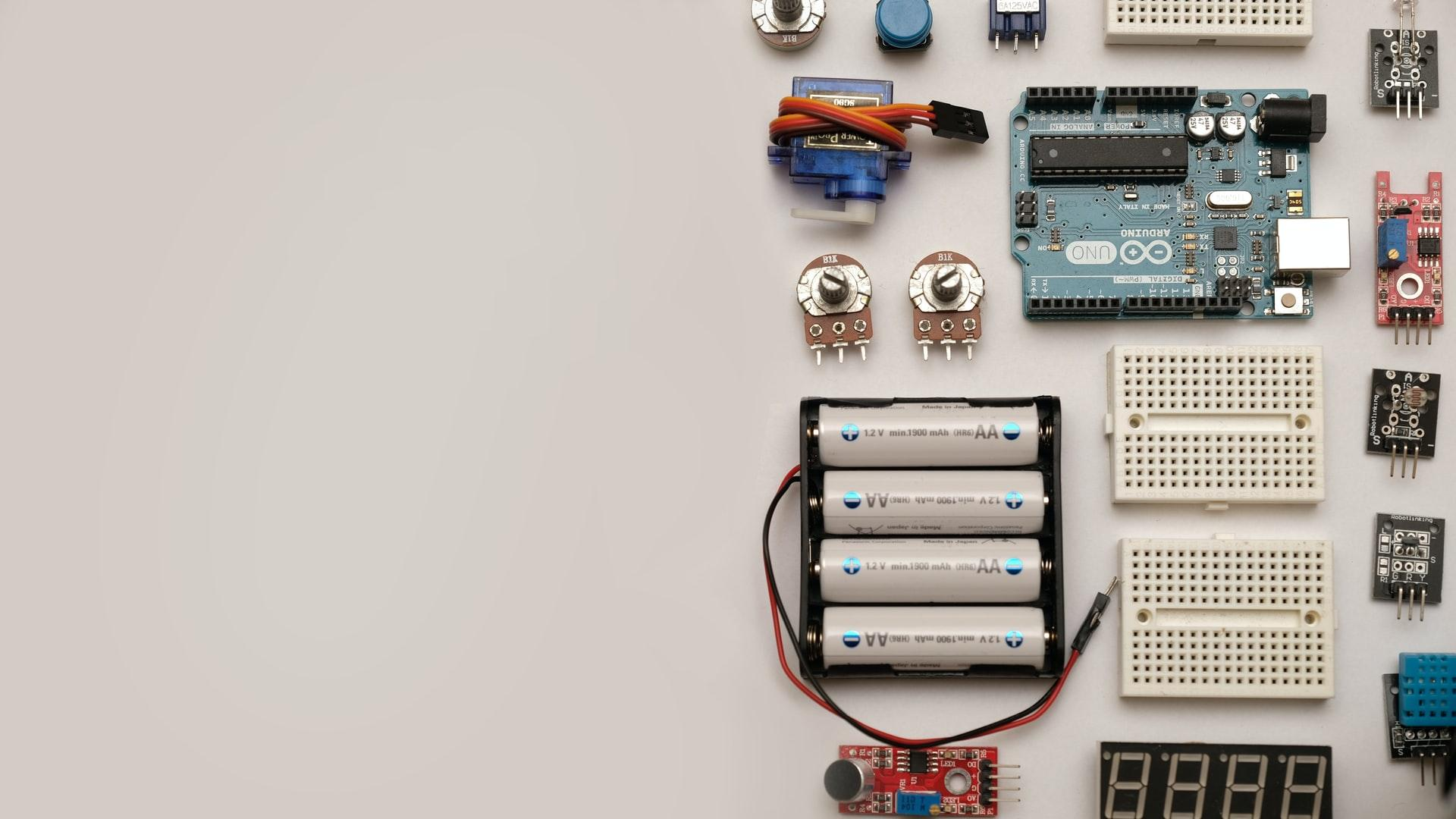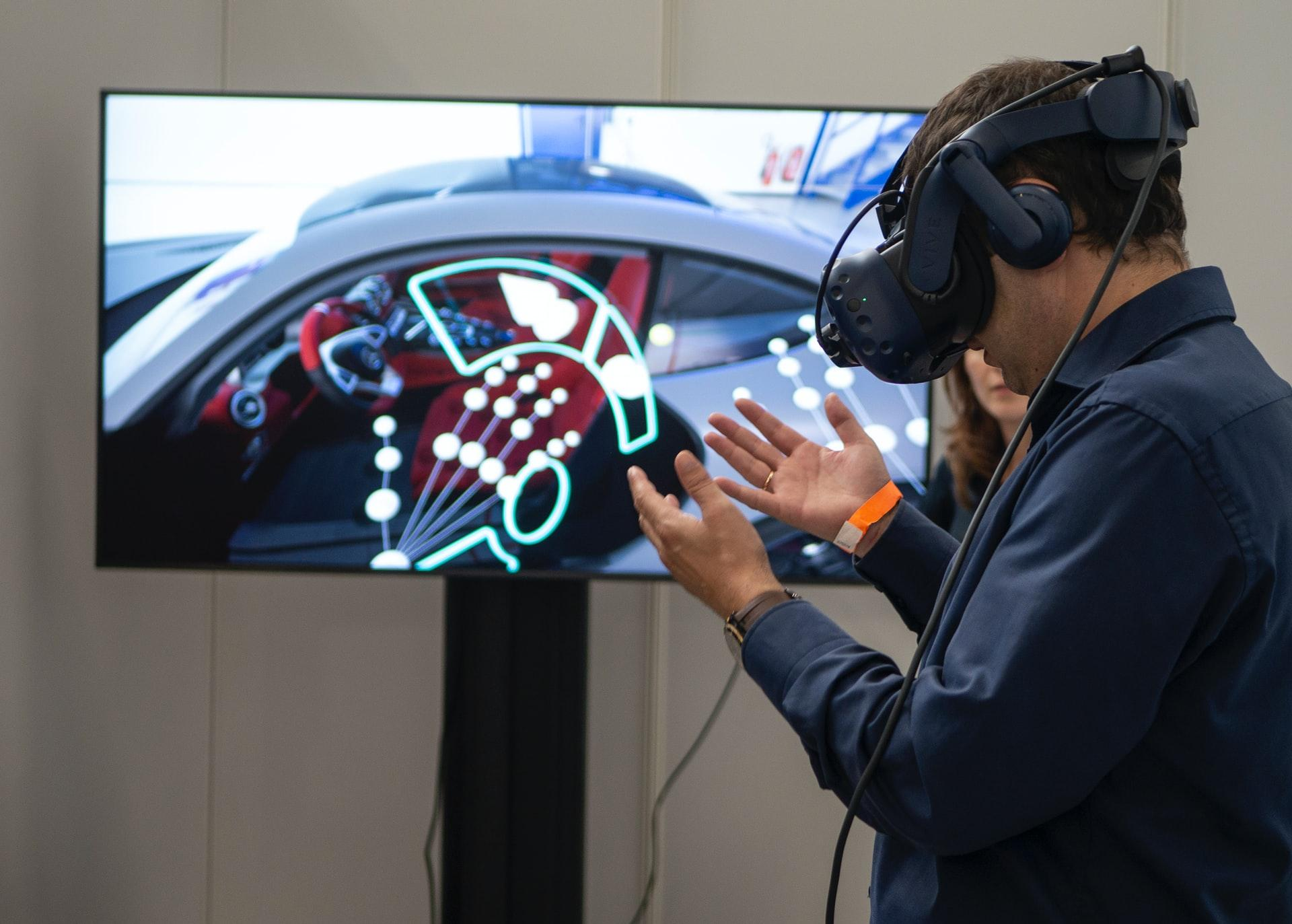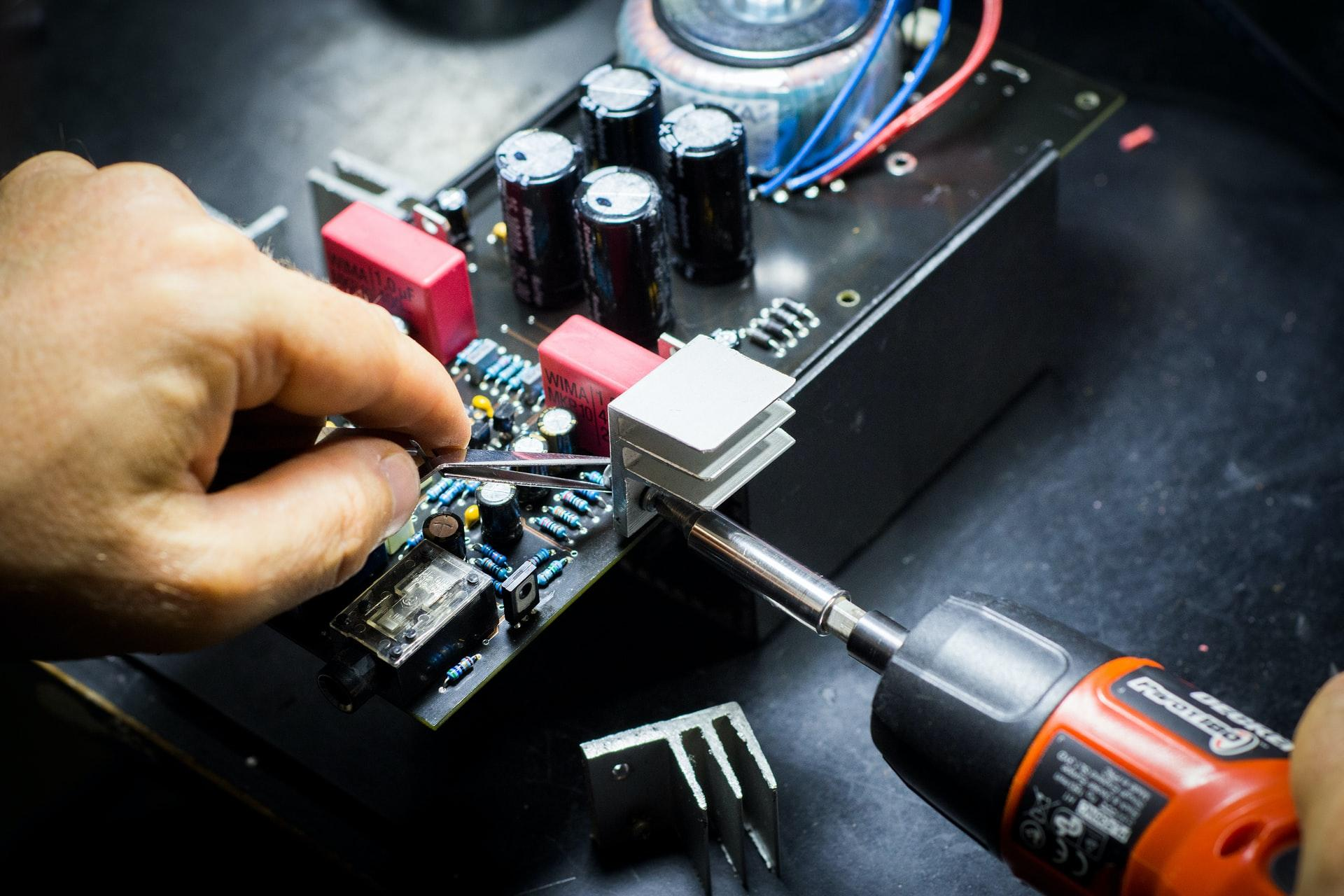As the technology industry has grown rapidly, so has the electronics manufacturing industry. And just like the technology industry as a whole – manufacturing electronics faced a lot of challenges during the past two pandemic years. And just as supply shortages started to stabilize, we were faced with an ongoing conflict in Europe.
Needless to say, all of this has shifted and sped up certain electronics manufacturing trends. If you and your team are working hard on scaling during these challenging and innovative times, we present below 2022 trends in electronics manufacturing.
Overall Prediction for Beyond 2022
As supply chains and OEMs (Original equipment manufacturers) have faced difficulties during COVID-19, so did the rest of the world. And just when things started to turn around, new geopolitical rules and rising oil and gas prices posed new challenges.
Still, a variety of innovative tech is being introduced, aiming to make the electronics manufacturing process simpler than ever. For instance, South Korea’s electronic industry remains in recovery, with the production of electronics showing a three-month-average growth of more than 20% for the eight months preceding March 2022.
The dominating 2022 trends are rewriting rules and ways of running businesses and the electronic industry as a whole.
Internet of Things (IoT)
The Internet of Things (IoT) enables the quick sharing and receiving of information via electronic devices. IoT is being more widely adopted in electronic manufacturing, with organizations taking advantage of IoT to improve device efficiency, improve consumer safety, and reduce expenses.

In general, IoT pushed electronic manufacturers to re-evaluate the fabrication process and fulfill goals with new approaches that differ from conventional ones. And how couldn’t they, with IoT allowing for a crucial change – letting electronic manufacturing machines self-process and store data while being digitally connected. Ongoing improvements in sensor production are also pushing this trend since they are one of the main components of IoT applications.
And let’s not forget that the digital transformation to 5G asks for more quality chips for a lesser cost.
Even More Automation
Although fully autonomous production won’t be happening anytime soon, AI (artificial intelligence) and automation tech are already demonstrating their capacity to reduce expenses and boost service levels and speed in many supply chain domains.
Some manufacturers are using smart factories, autonomous production robots, and automated supply chain management systems in conjunction with the massive volumes of data generated by IoT devices to produce a more efficient process. We can expect a larger usage of automation technology to be an electronics manufacturing trend in the next few years if these examples continue to be successful.
Predictive Maintenance
It doesn’t take a genius to realize that you lose money during stalled production. That can happen when manufacturing equipment breaks down. The downtimes those things cause can now be entirely stopped!
With predictive maintenance, you can forget about lost revenue. IoT and AI tech data collection methods incorporate predictive maintenance. That consists of identifying issues before they occur, so manufacturers can plan and schedule maintenance when it suits the operation the most.
So instead of treating the disease when it happens, you can treat the first sign of a symptom. Your accounting staff will also be grateful since they can budget accordingly and find cost-effective maintenance solutions.
All in all, we usually spend more money where tight time-frames are in question. With predictive maintenance, you have time to respond in a business-friendly manner.
Shifting from B2B to B2B2C
For many years, electronic manufacturing firms followed a business-to-business (B2B) strategy. However, more manufacturing firms are looking for ways to save money. Businesses are now adopting a business-to-business-to-consumer strategy (B2B2C).
Companies are currently striving toward removing intermediaries with the B2B2C method, which allows them to access clients directly, resulting in increased company earnings and lower purchasing expenses. Furthermore, the B2B2C strategy allows producers to acquire precise customer information, resulting in higher customer satisfaction.
AR and VR in Service of Production Design and Development
In recent years, augmented reality (AR) and virtual reality (VR) have seen increasing use not only in the consumer space but also in a variety of professional fields. VR and AR can be used for ‘hands-on’ training without the dangers, assist with the proper maintenance of equipment, and access essential data regarding warehouse management or performance on the manufacturing floor.
Design is another area where AR and VR are particularly effective. This tech can be used in combination with CAD to improve product visualization and make consistent and precise adjustments before manufacturing starts when such modifications become expensive. If this area is still too overwhelming for you, there are innovative product design and development consultancy that can help out in this digital transformation.
The electronics manufacturing industry is set to undergo significant changes in the coming year. These new technologies portend a brighter future for a more productive sector.

Innovative Materials
The combo of etching, lithography and silicon material has its limits. Manufacturers know this, so they are moving towards silicon-free materials in the semiconductor industry.
There have been recent efforts to advance integrated circuits that use new materials and architectures. Startups, for instance, have been using silicon alternatives like nanomaterials and graphene.
Interestingly, organic electronics have also been gaining traction. In contrast to inorganic electronics, organic ones are flexible, insoluble, cost-effective, optically transparent, lightweight, and sustainable! These components are proving especially popular due to their eco-friendly nature. Manufacturers began to produce microbial components and devices with biodegradable and recyclable materials.
Overall, you can now find safer and more readily available raw materials for production operation, so it’s easier to grab new business opportunities if you are just starting.
Final Word
Despite the pandemic and new geopolitical conflict, electronic devices are becoming more popular in people’s homes, workplaces, and commercial operations. Manufacturing businesses must focus on high-end innovation and collaborate closely with other technology industries to ensure that they are competitive and efficient.





